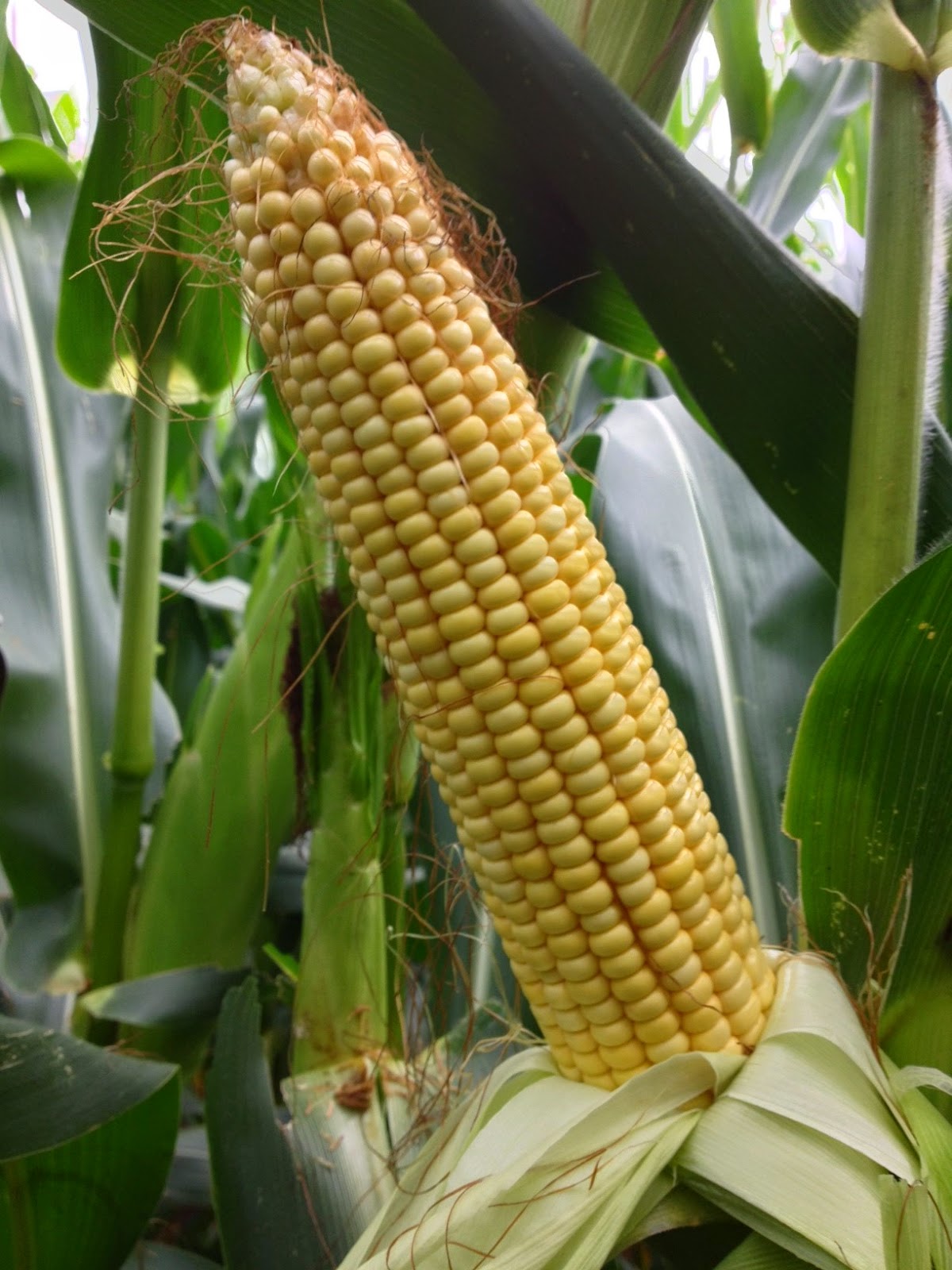Here is the link where you can find the governments position paper and the meeting notices.
http://www.omafra.gov.on.ca/english/pollinator/meeting-reg.htm
Bear with me while I rant.
1. This is politically inspired. It plays well to the mass of urban electorate that placed the Liberals in power.
"Improving pollinator health is not a luxury but a necessity. Pollinators
play a key role in our ecosystem and without them, much of the food we eat
would not be here.Taking strong action now to reduce the use of neurotoxic
pesticides and protecting pollinator health is a positive step for our
environment and our economy.”
Minister of Environment and Climate Change, Glen R. Murray
To the urbanite living in the condos and subdivisions this makes absolute sense. To the farm population that watches prime agricultural land get bulldozed for parking lots and strip malls under the watchful eye of the Minister of Environment and Climate Change it means something else.
2. The agenda of this current government goes beyond neonicotinoids. Our "independent environmental commissioner" appointed by the legislature had this to say earlier.
"All the science is not done, but everything I have before me ... suggests to me as an ecologist that this is the biggest threat to the structure and ecological integrity of the ecosystem that I have encountered in my life. Bigger than DDT,”
Ontario's Environmental Commissioner, Gord Miller
This quote illustrates the depth of an influential government appointee's dislike of pesticides. Or maybe it is just the pesticides corn and soybean producers use. Neonicotinoids are registered for use in many applications including greenhouses, lawns and flea collars. For a complete listing of registered products in Canada go to this site and search for the active ingredient imidacloprid or chlothianidin.
Pesticide Product Information Database
Pesticide Product Information Database
3. The timing of this announcement is an insult. Right now Ontario's corn and soybean producers are struggling through the worst harvest season in recent memory and are far from done. The first 4 public meetings web sessions are scheduled for the week of December 8. The beekeepers who support this initiative have bedded their hives down for the winter. Their environmental allies also have time and I suspect some advance warning, to present their point of view at the public meetings.
Now that I have made you mad, let's calm down and think it through. If you have already responded to the government with your point of view, good for you.
At the very least ask for more public meetings and time to respond. These are the e-mails that you can use for that purpose.
Ontario Premier Kathleen Wynne:premier@ontario.ca; kwynne.mpp@liberal.ola.org
Minister of Agriculture, Food and Rural Development, Jeff Leal: minister.omafra@ontario.ca and jleal.mpp@liberal.ola.org
Minister of Environment Glenn Murray: minister.moecc@ontario.ca and gmurray.mpp.co@liberal.ola.org
Interim Leader of the Progressive Conservatives Jim Wilson: Jim.wilson@pc.ola.org
Official Opposition Critic for Agriculture, Toby Barrett: toby.barrett@pc.ola.org
Official Opposition Critic for Environment, Lisa Thompson: lisa.thompson@pc.ola.org
There is a lot of information to consider and digest. It takes time to read the reports and think about the potential impacts on your business. Do this in a quiet space that you use for thinking and planning. After that please make your thoughts known to our political masters.
There will be some corn and soybean producers who support the government's position. As well, some bee keepers will not support the government's position. All sides have some merit and deserve a chance to speak.
The proposal includes the usual three pillars of government. Specifically, more training, more paperwork and more work for "3rd party inspectors". We all know who will bear the brunt of these additional costs. There is no provision for the producer who sustains a yield loss from an unanticipated insect outbreak.
The proposal itself was released on the same day as an interim report from the PMRA on bee colony losses. This report is worth looking at and understanding. This is the link.
Update on Neonicotinoid Pesticides and Bee HealthThere will be some corn and soybean producers who support the government's position. As well, some bee keepers will not support the government's position. All sides have some merit and deserve a chance to speak.
The proposal includes the usual three pillars of government. Specifically, more training, more paperwork and more work for "3rd party inspectors". We all know who will bear the brunt of these additional costs. There is no provision for the producer who sustains a yield loss from an unanticipated insect outbreak.
The proposal itself was released on the same day as an interim report from the PMRA on bee colony losses. This report is worth looking at and understanding. This is the link.
The report presents information that is both supportive and contradictory to the government's proposal. I will draw your attention to the last chart in the report which documents the number of bee yards reporting colony effects in Ontario in 2014. The number of reports from spring 2014 were down 79% from 2013. Could the weather or farm practices be the reason for the reduction? Farmers usage of neonicotinoid seed treatments did not change in 2014. Maybe something else was responsible. This cannot be determined, but for the good of farmers and bee keepers alike it needs more study, not regulation.
The summer reports of colony effects from July to October were up significantly, but 72% of these reports came from 3 beekeepers.
I repeat, three beekeepers.

.JPG)
.JPG)







.JPG)






.JPG)
.JPG)


.JPG)






.JPG)
.JPG)
.JPG)
.JPG)
.JPG)







.JPG)


.JPG)
.JPG)

.JPG)

.JPG)
.JPG)
.JPG)

.JPG)
